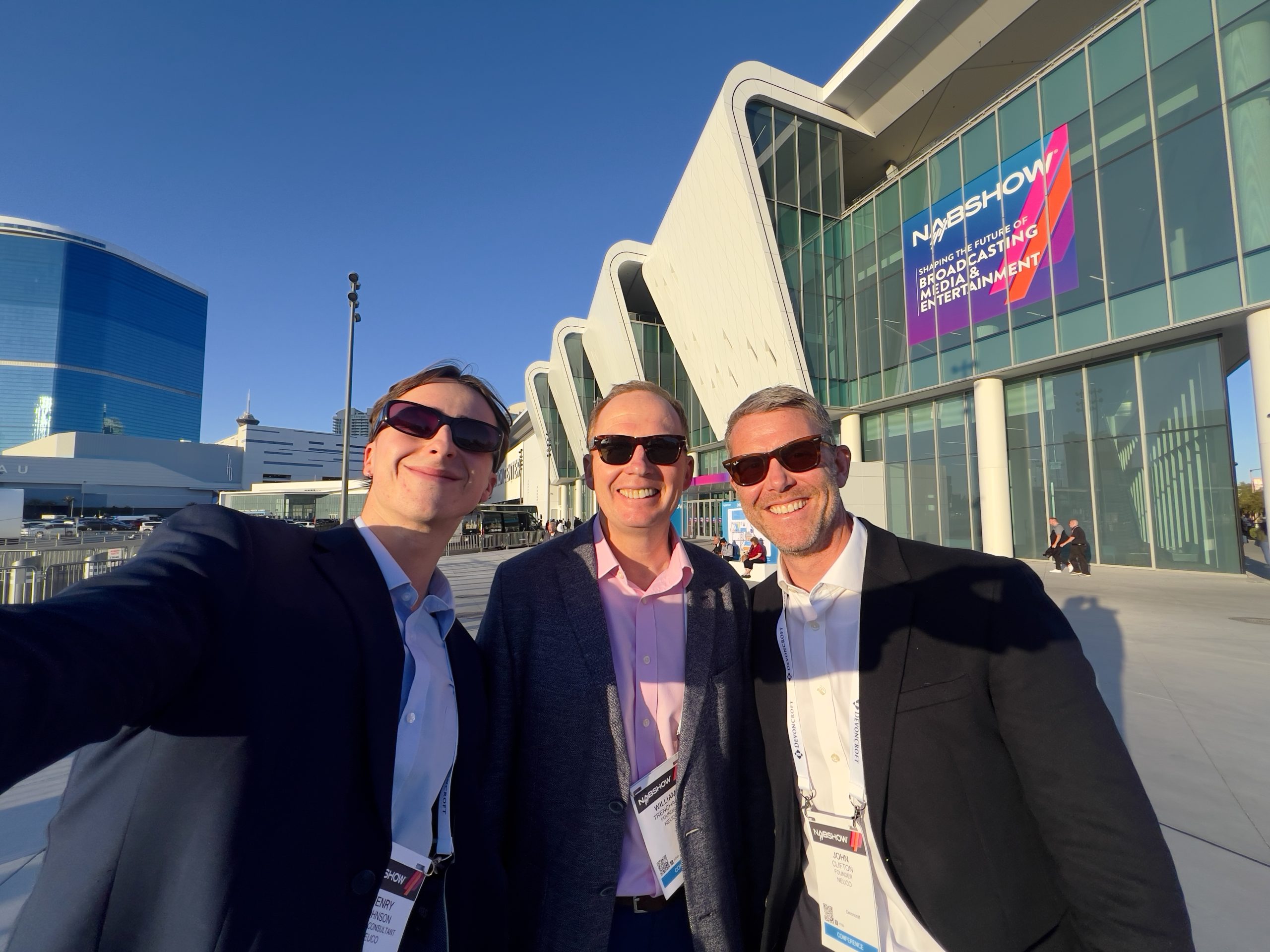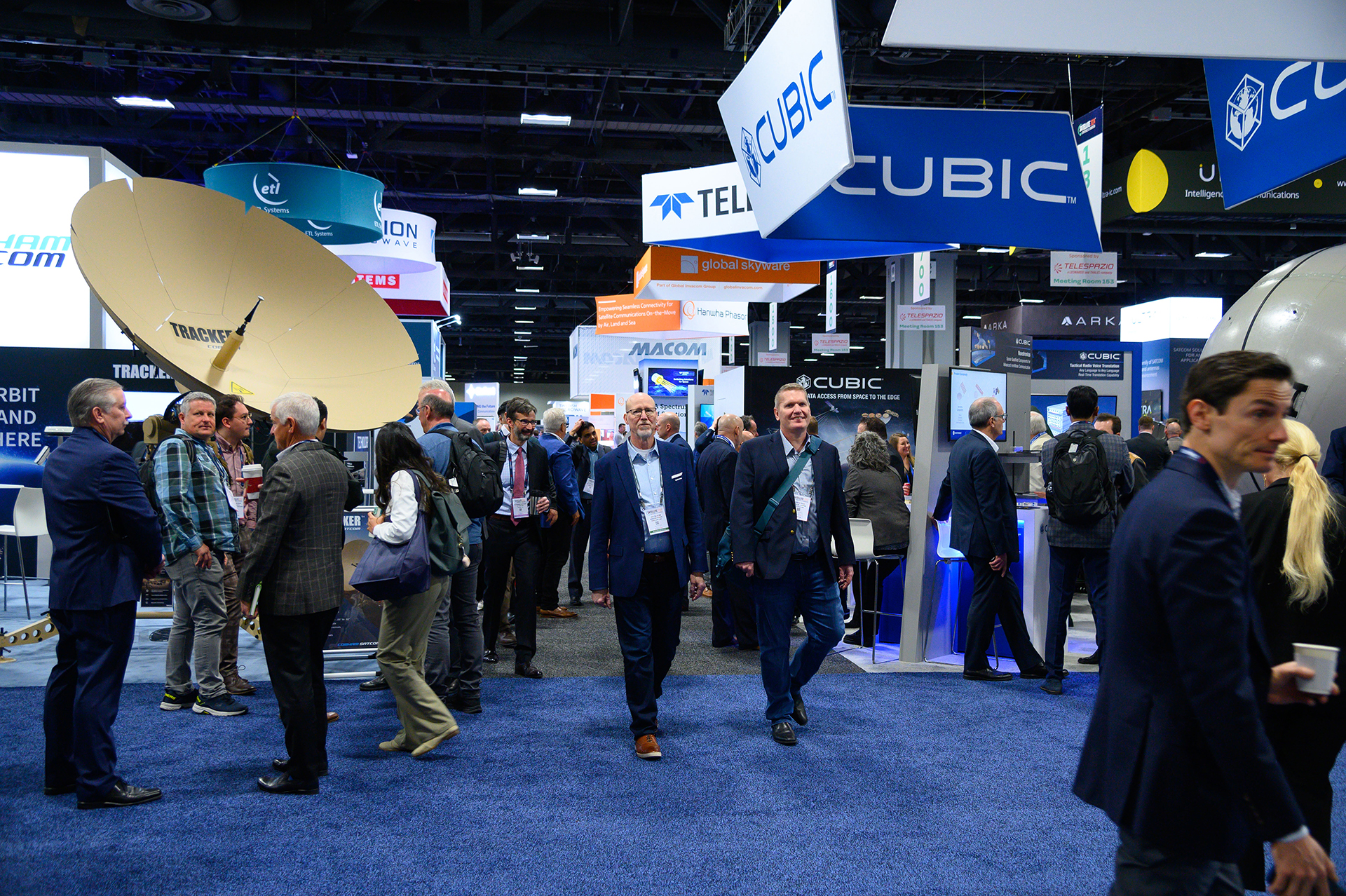On Episode 42 of The Satellite & NewSpace Matters Podcast we sat down with Kevin Lausten, the President of Morpheus Space, to talk about the new manufacturing plant that the company has opened in Germany. He gave us an inside-look at the factory’s mission, as well as the talent strategy behind the new team there. Read on to find out more.
Your new factory opened on the 23rd of July, in Dresden. Can you tell us what to expect from the facility, and what do you hope it will achieve more broadly for the space sector?
We’ve seen substantial demand for space propulsion, and this is a hard problem. Space propulsion requires very complex technology and a large volume of systems and products to be available to the market. That means there is a lack of availability for propulsion systems, so we have designed and developed an electric propulsion system called Go-2 which can be used individually for relatively small spacecraft. It can also be clustered to address the propulsion needs for somewhat larger spacecraft, but we were very much focused on the CubeSat and SmallSat, where we’re seeing a dramatic increase in constellations that fall into that category.
Economics 101 says you’ve got to make sure that supply matches demand. If demand is high, then you need to increase supply, so that’s really what we’re focused on when it comes our production factory. The intent there is to ensure that we are sufficiently scaling production to match demand, and as I referenced earlier, the demand has been quite high, both within the European and US markets.
We feel that scaling the production for Go-2 is an important step for our company and the industry, as at times there have been spacecraft initiatives that have been stalled due to the lack of available propulsion, and that’s a problem. A big part of the reason we’re starting up the new factory is to make sure that that is no longer a problem in the industry. We want to make sure that when innovators and spacecraft operators have new ideas or new business opportunities, and they want to launch a satellite or constellation, we’re there to support them. We’re there to provide the necessary propulsion capabilities to make that vision become a reality.

Why did you choose Dresden as the location to build that team?
There’s a couple of reasons. First, our founding team met at the Technical University of Dresden, and the company was founded there too. That’s where we do our Go-2 research and development work, so we already have a footprint of about 30 staff in the Dresden area. Adding to that just made sense, because you want to have development and production within close proximity to each other. So, Dresden became an anchor point for us. From there, we’ve been able to recruit a lot of great staff members who have either come up through university, moved laterally from other industries, or relocated to Dresden. Now we’ve got a centre of excellence when it comes to electric propulsion in the Dresden area.
We found a great facility that was really well suited for the type of work that we need to do to scale up production for Go-2, and it’s only 10 minutes from our development facility, which makes it quite easy to move staff members back and forth and facilitate that collaboration between development and production.
A second factor is the availability of talent. We’ve seen a lot of great folks come up through the university in Dresden. Dresden is also becoming established as a startup hub of sorts in Germany, where the local government is very supportive of startups. They help startups get going and make connections with folks that can help with recruiting and bringing new people in.
You touched on bringing in people from different industries and transferable spaces. What areas do you see people coming from and then being able to fit comfortably in space?
Precision manufacturing is a big part of the talent that we’re looking to source for the production facility. That can tie into a wide range of industries. We recently hired someone who was a professional watchmaker, for example. Now they are helping with the design, development and manufacturing of our electric propulsion systems. Our propulsion system is 10 centimetres cubed. There are 40 zones of thrust that are created, and each emitter has its own individual fuel tank. So you’ve got 40 fuel tanks, and 40 emitter points, all contained within a 10 centimetre cube form. That’s a lot of technology packed into a small space that can only weigh 2.75 kilograms. That requires quite a bit of precision.
Of course, aerospace engineering is the logical place for us to source talent. We will go into that talent pool and bring people in, but there’s transferable skills from a wide range of other industries that could be applied to this work too. When I was made aware that we had identified a candidate who had a background in precision watchmaking, it opened my mind to the other industries that it would be possible to source talent from. As a young startup, we have to get scrappy and creative when it comes to hiring. It’s about finding people that are collaborative, who have the skills and are willing to work hard. We can train the specifics around aerospace if those three core criteria are met.
To find out more about Morpheus Space’s plans for future expansion and meeting wider industry needs, tune into Episode 42 of The Satellite & NewSpace Matters Podcast here.
We sit down regularly with some of the biggest names in our industry, we dedicate our podcast to the stories of leaders in the technologies industries that bring us closer together. Follow the link here to see some of our latest episodes and don’t forget to subscribe.


